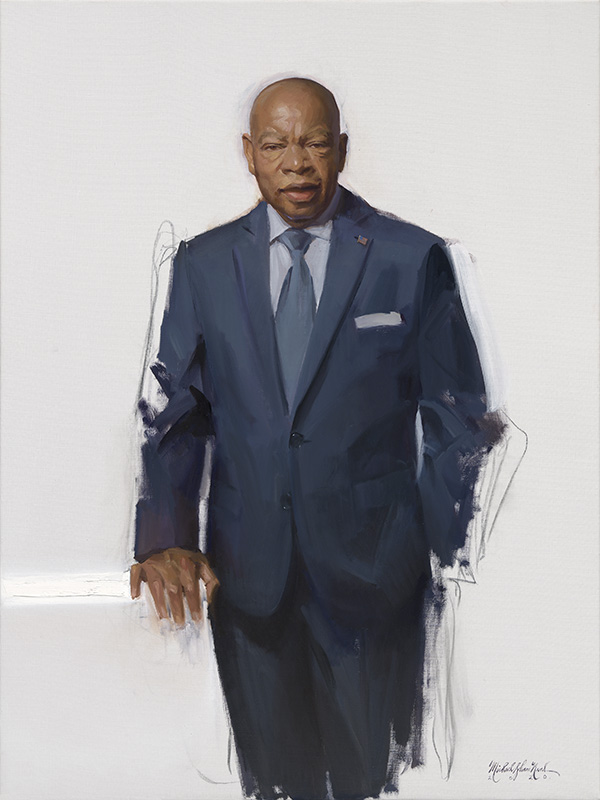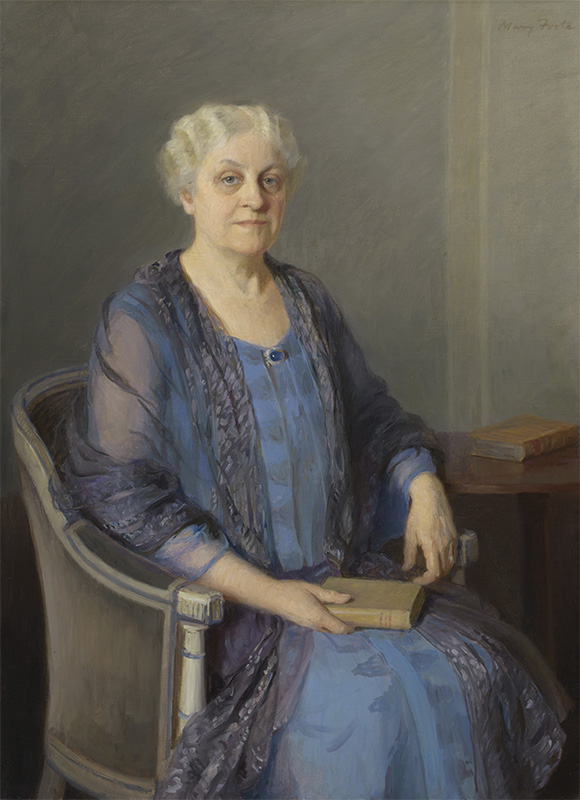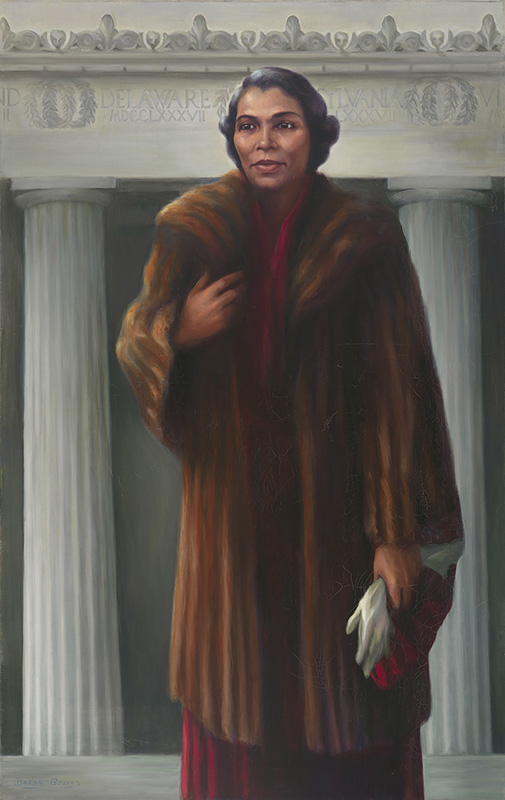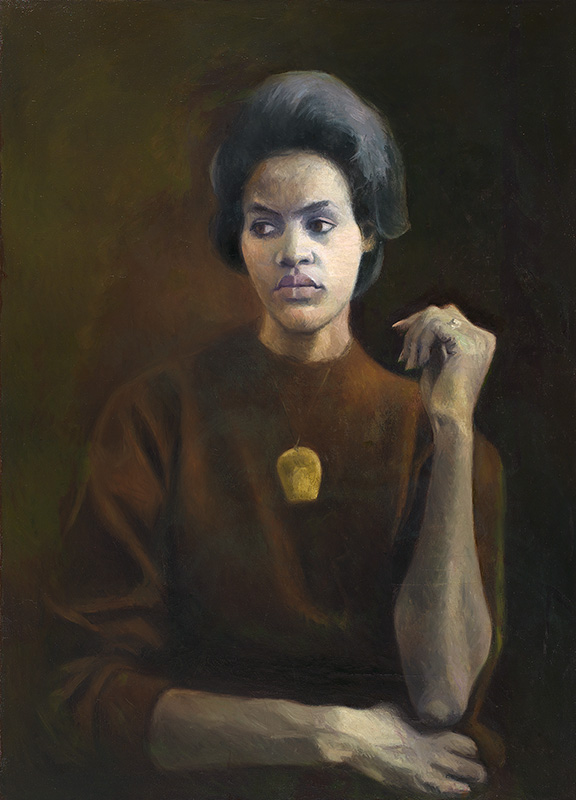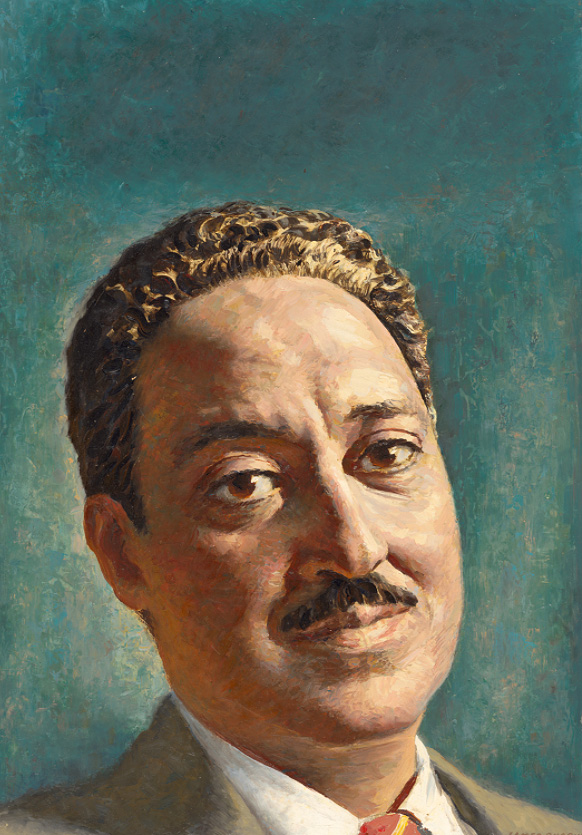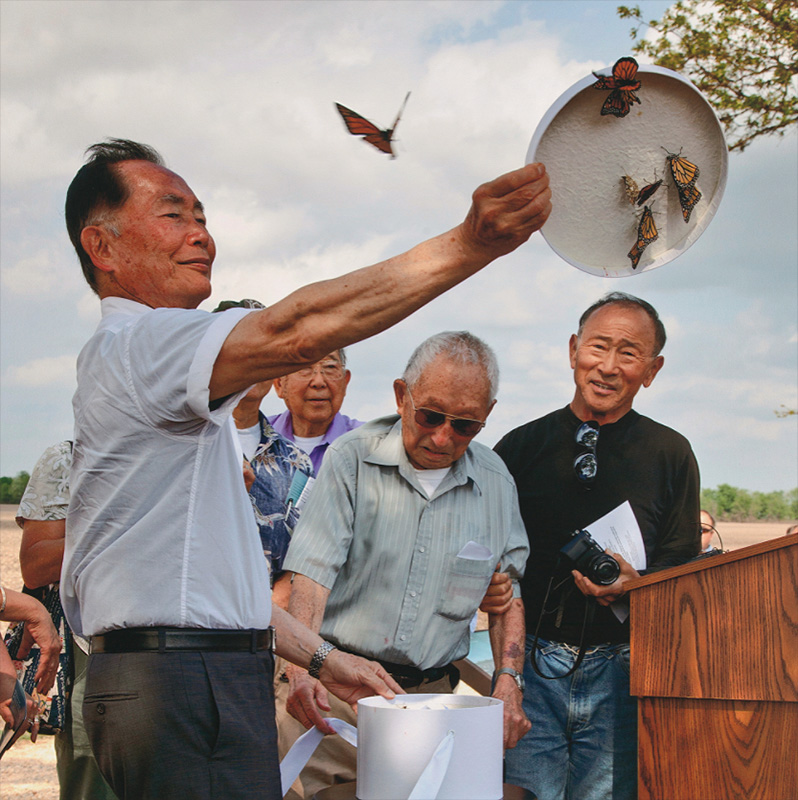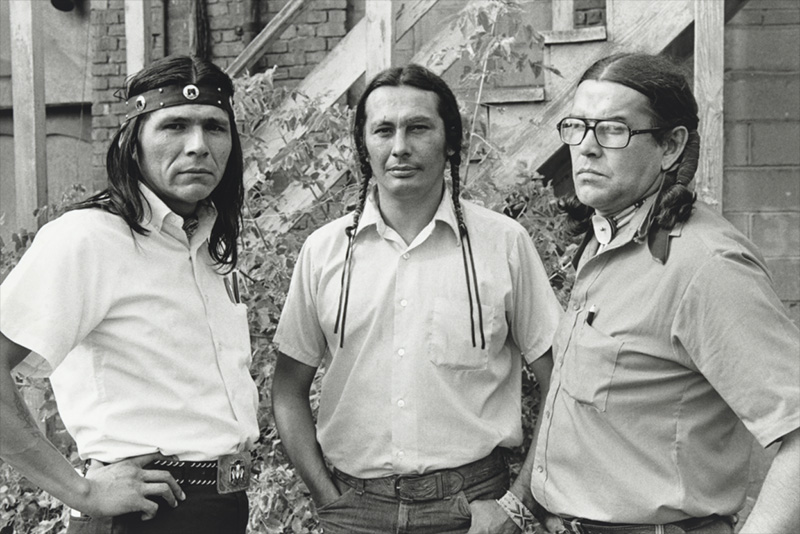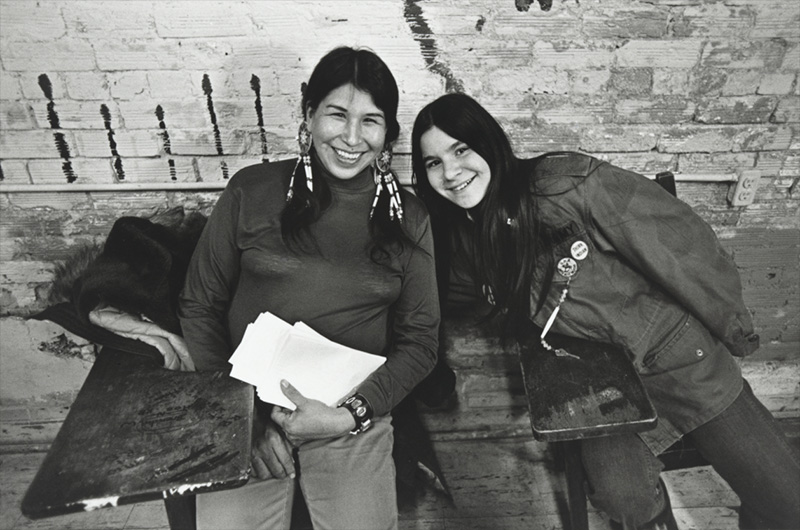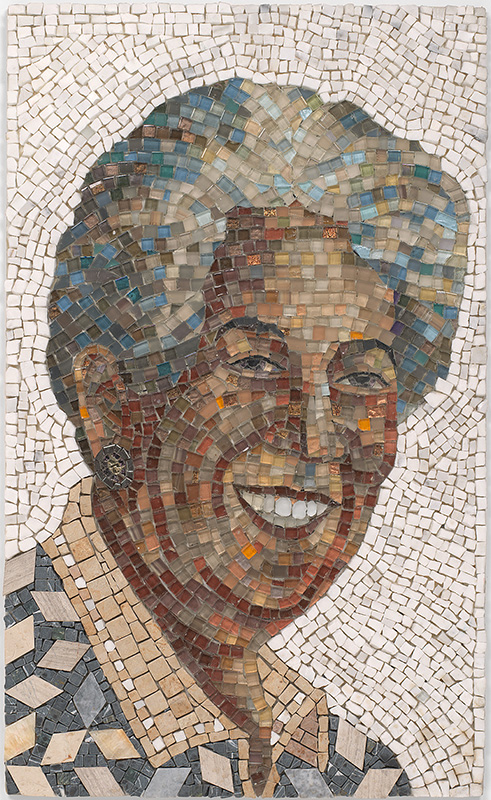Congressman John Lewis 1940–2020
“When you see something that is not right, not just, not fair, you have a moral obligation to say something, to do something,” Congressman John Lewis (1940–2020) remarked in 2019. Born to a family of sharecroppers in Troy, Alabama, Lewis spent his life in the vanguard, making what he called “good trouble” by working tirelessly for equality and nonviolent social change. He cofounded the Student Nonviolent Coordinating Committee (SNCC) in 1960, reinforcing his early dedication to combating injustice.
Lewis was one of the thirteen original Freedom Riders in 1961, an organizer of the March on Washington in 1963, and a key figure in the Selmato-Montgomery marches for voting rights in 1965. As a leader of the SNCC, he organized demonstrations to end racial segregation, and as director of the Voter Education Project, he helped secure voting rights for millions of disenfranchised African Americans. Lewis served in President Jimmy Carter’s administration before making his first successful run for Congress in 1986. He held his position as the representative of Georgia’s fifth congressional district from 1987 until his death.
Painted during the final year of his life, this portrait, with its unfinished look, evokes the unending struggle for justice that Lewis made his life’s work
Michael Shane Neal (born 1968)
Oil on linen, 2020
Gift of Jeffery and Cindy Loring in memory of Congressman John Lewis
© Michael Shane Neal
Congresista John Lewis 1940–2020
“Cuando ves una situación que no es correcta, ni justa, ni equitativa, tienes la obligación moral de decir algo, de hacer algo”, afirmó el congresista John Lewis (1940–2020) en 2019. Nacido en una familia de agricultores aparceros en Troy, Alabama, Lewis dedicó su vida a luchar en la vanguardia, causando lo que llamaba “problemas buenos”, trabajando sin descanso por la igualdad y el cambio social pacífico.
En 1960 cofundó el Comité Coordinador Estudiantil No Violento (SNCC), consolidando su temprana dedicación a combatir la injusticia. Lewis fue uno de los trece Freedom Riders originales en 1961, organizador de la Marcha a Washington en 1963 y figura clave en las marchas de Selma a Montgomery por el derecho al voto en 1965. Como líder del SNCC, organizó manifestaciones para acabar con la segregación racial, y como director del Proyecto de Educación de Votantes ayudó a asegurar el voto a millones de afroamericanos privados de sus
derechos. Sirvió en la administración del presidente Jimmy Carter antes de postularse con éxito para el Congreso en 1986, donde representó al quinto distrito congresional de Georgia desde 1987 hasta su muerte.
Pintado en su último año de vida, este retrato de apariencia inacabada evoca la dedicación inagotable de Lewis a luchar por la justicia.
Michael Shane Neal (n.1968)
Óleo sobre lino, 2020
Donación de Jeffery y Cindy Loring en memoria del congresista John Lewis
© Michael Shane Neal
